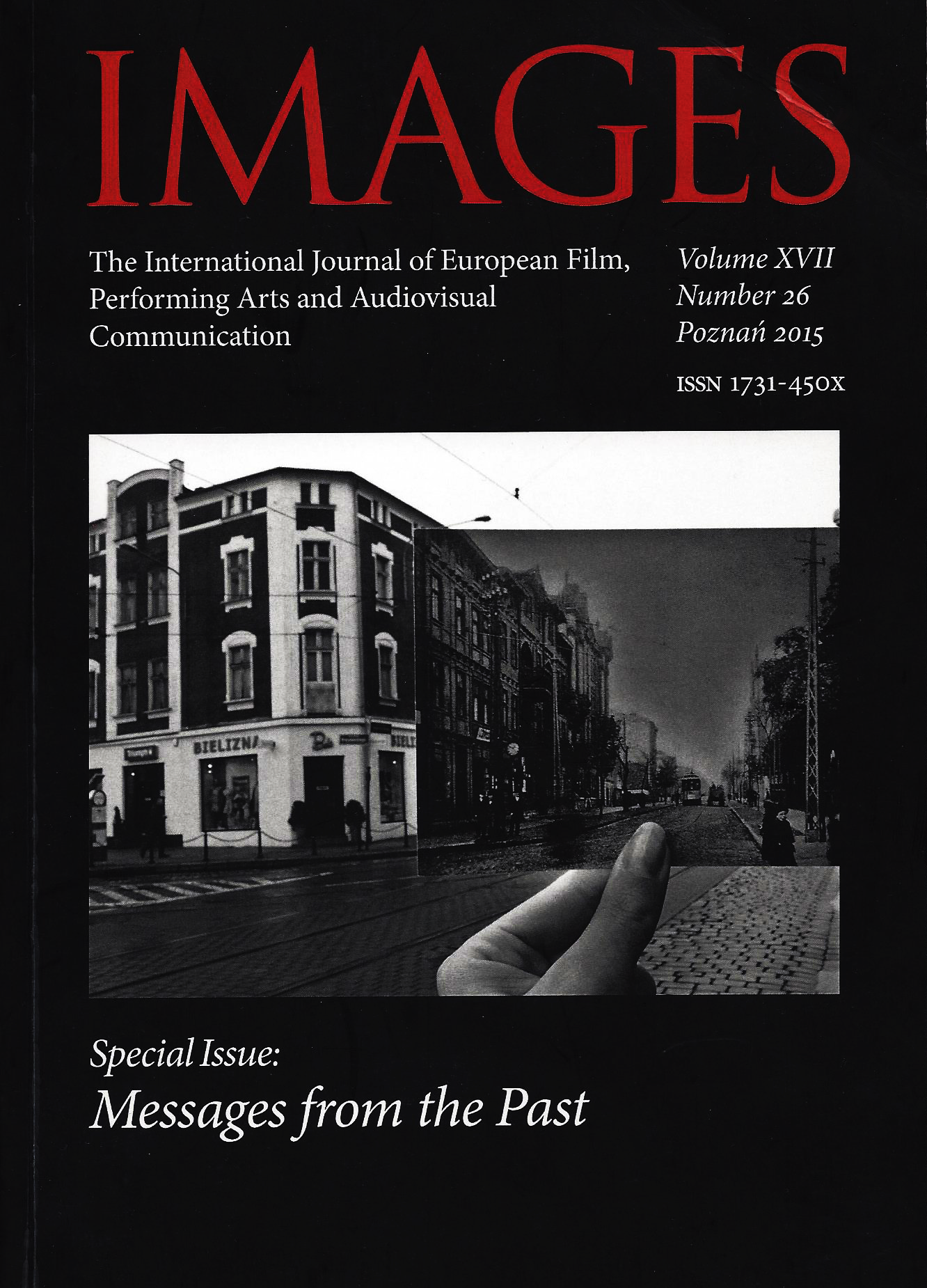Grand Theatre, Oratory and Anthropology in the Documentaries of Andrzej Fidyk
Grand Theatre, Oratory and Anthropology in the Documentaries of Andrzej Fidyk
Author(s): Bogumiła Fiołek-LubczyńskaSubject(s): Media studies, Cultural Anthropology / Ethnology, Film / Cinema / Cinematography
Published by: Uniwersytet Adama Mickiewicza
Keywords: Andrzej Fidyk; cultural anthropology; documentary film; Carnival; The Biggest Party In The World;
Summary/Abstract: The article centers on the documentary works of Andrzej Fidyk. The director is fascinated by cultural anthropology. Showing different aspects of social life in a theatrical manner is an omnipresent motif in his movies. A film in general, by its nature, is a spectacle, but the director depicts within its reality different kinds of spectacles: parades, as in the title of Th e Parade, musical scenes in Yodok Stories, and carnival in Carnival…. The crown jewel in this double, increasing spectacularity is Carnival. The Biggest Party In Th e World, and the movie inside the movie – Cameramen from Calcutta. A religious spectacle can be found inside Staszek’s Dream abstracts 314 in Teheran. Scenes of Muslim grief three years after the death of Chomeini, inside a country considered to be exemplary in its religiousness are compared to “the trend of going to orthodox churches” in Russia. The most interesting by the criteria of spectacularity is Carnival…, which has been the subject of many analysis and interpretations by cultural theorists, anthropologists and sociologists. Fidyk in his movie shows the nature of this spectacle with great finery.
Journal: Images. The International Journal of European Film, Performing Arts and Audiovisual Communication
- Issue Year: 15/2014
- Issue No: 24
- Page Range: 137-144
- Page Count: 8
- Language: English

